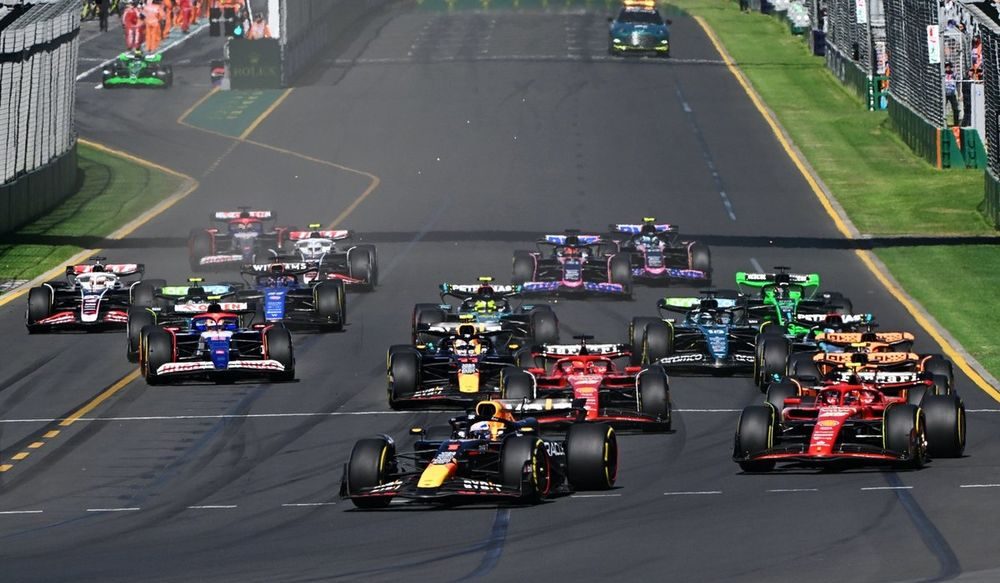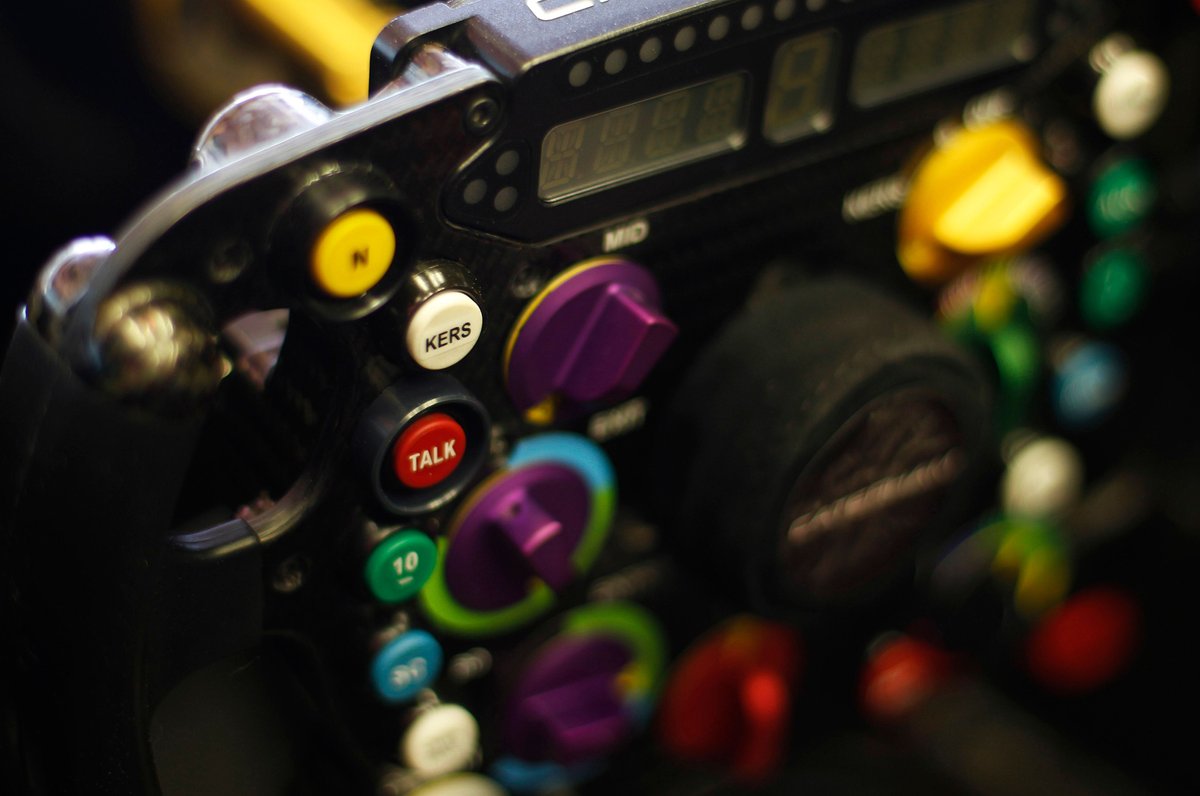The FIA has recently revealed updates to the 2026 power unit regulations, providing new insights into the ever-changing realm of Formula 1 technology. A notable adjustment involves the turbocharged 1.6-liter V6 internal combustion engine, which will undergo a reduction in output from the previous range of 550-560kW to a more moderate 400kW (535bhp).
However, this decrease in power will be counterbalanced by a significant increase in the battery element, jumping from 150kW to 350kW (470bhp). This enhancement effectively compensates for the lost power despite the removal of the MGU-H component.
Notably, the latest draft introduces novel functionalities aimed at enhancing wheel-to-wheel racing dynamics through an upgraded hybrid system. A longstanding aspiration within the Formula 1 community has been the integration of a push-to-pass feature into the power unit, diverging from the conventional dispensation of energy solely by the system itself over the course of a lap.

While comprehensive details regarding this system have yet to be officially disclosed, the recently revealed draft, particularly Article 5.4.8, lays down a foundational framework. The initial segment of Article 5.4.8 delineates a predefined energy deployment trajectory from the ERS-K hybrid system up to speeds of 345km/h (215mph).
The subsequent segment introduces what the FIA terms as an ‘override mode,’ enabling drivers to access supplementary power to supplement the energy generated by the predefined trajectory, thereby facilitating a further surge up to 355km/h (220.5mph).
This secondary function introduces a strategic dimension to energy deployment, necessitating drivers to judiciously decide when and if to engage it as circumstances permit. Conceptually akin to the KERS functionality prevalent between 2009 and 2013, drivers can leverage this energy allocation for offensive, defensive, or lap time optimization purposes.
Given the heightened reliance on the hybrid component of the power unit from 2026 onwards, drivers may not always have unfettered access to the ‘override’ function. Furthermore, its utilization carries the risk of potentially exhausting energy reserves under normal deployment conditions later in the lap or over subsequent laps.

The utilization of this new system, both in terms of individual duels on the track and broader race strategy, will undoubtedly be a focal point for drivers and their engineering teams as they endeavor to maximize performance across all facets of the race.
Beyond the power unit revisions, the 2026 engine regulations have attracted significant interest from manufacturers, with the grid set to welcome the entry of Audi and Ford (through Red Bull Powertrains) alongside the existing four engine suppliers. In a bid to further refine the sport’s dynamics, the FIA will introduce new chassis regulations in 2026 aimed at reducing car weight by 40-50kg.
These alterations will entail a reduction in car dimensions, with the wheelbase expected to shrink from the current maximum of 3600mm to 3400mm, and a 10cm reduction in width from 2000mm to 1900mm. Moreover, additional movable aerodynamic components will be incorporated to enhance straight-line speed by minimizing drag, marking a notable departure from the current car design paradigm.

